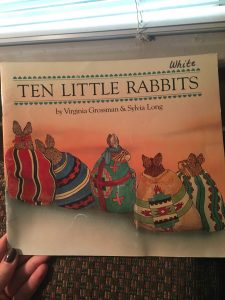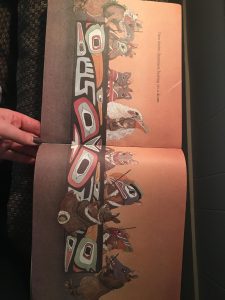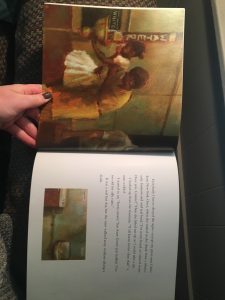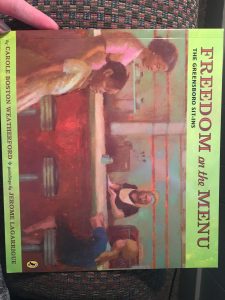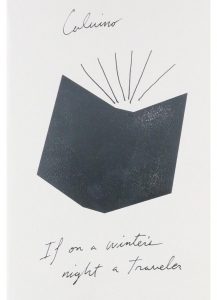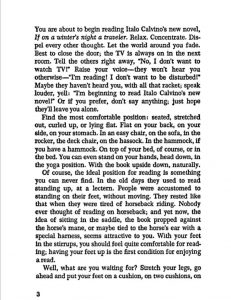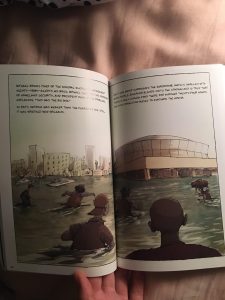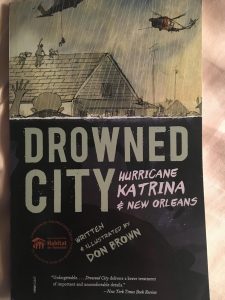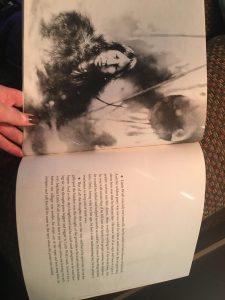
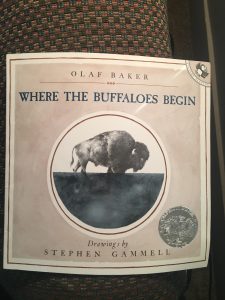
Title: Where The Buffaloes Begin
Author: Olaf Baker
Illustrator: Stephen Gammell
Publisher and Year: Puffin Books, 1981
Number of pages: 40
Tags/Themes: Culture, Diversity, Award Book, Animals, Fiction, Picture Book, 2-3 , Olivia Ruff
Genre: Fiction
Descriptive Annotation: This book is about a young Native American who went away from his tribe in order to find the buffalo herd. While he was gone, their rival enemy tribe was sneaking into their camp. The boy found the buffalo herd, and he sped back to their camp with the buffalo following, killing their enemies. The illustrations are in black and white.
Classroom Application: The book would help students learn about Native Americans. This novel could be a great introduction to Native American culture for younger children, and it helps with SELS, as the protagonist helps save his tribe from harm through his independence and will to explore.
Linguistic and Cultural Diversity Analysis: For older students (2-3 grade) the book would be a good addition to a unit on Native Americans as a way to demonstrate the culture and connection, or rather, inseparable relationship with nature. Two quotes: “Little Wolf never knew what came to him, what spirit of the wild whispered in his ear; but suddenly he leaped to his feet and cried out” (19) and “The prairie grouse got up almost under the pony’s feet” (3).

